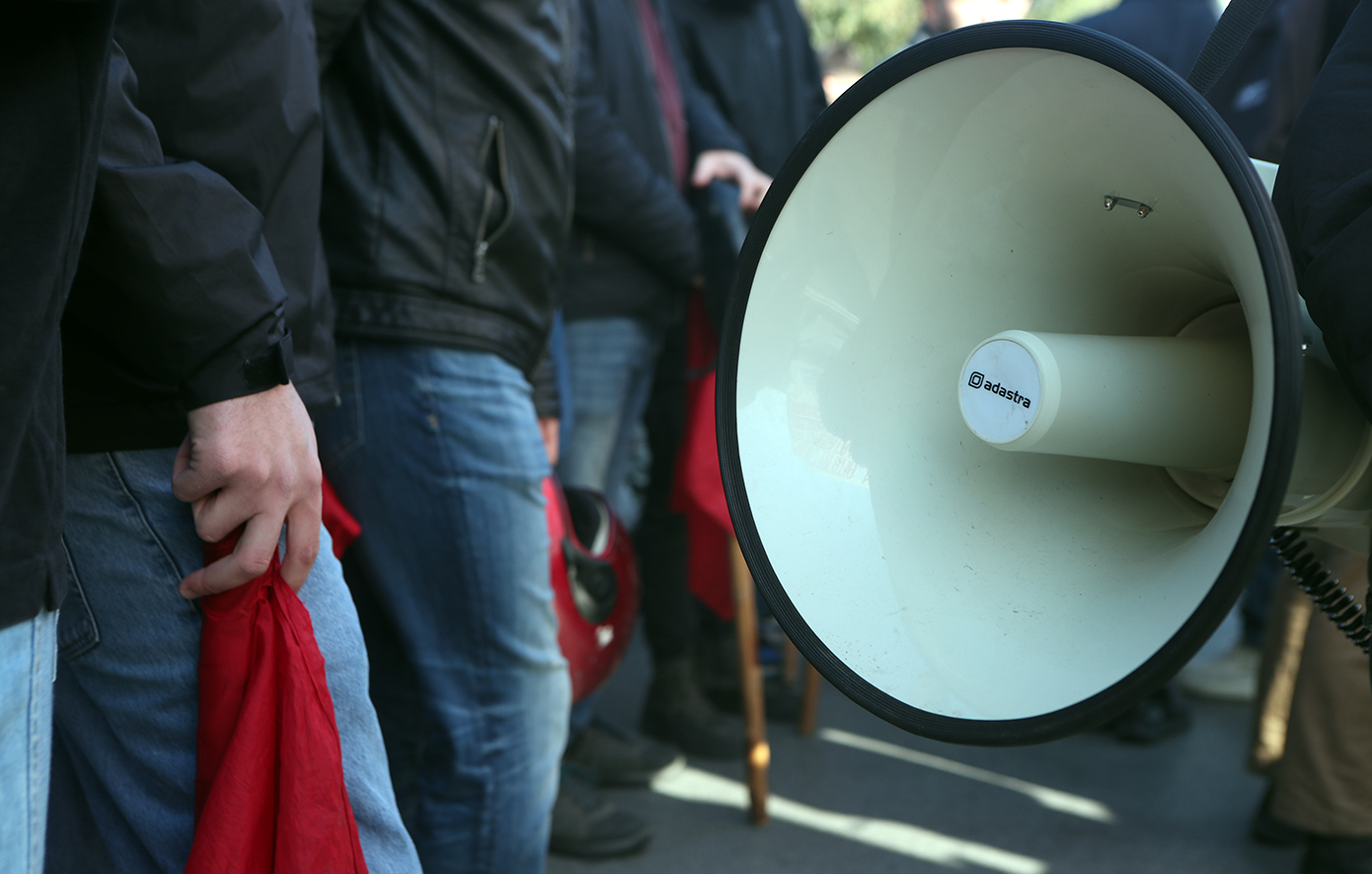Ένας θηλυκός βραδύπους δίνει ζωή και το μωρό βρίσκεται να κρέμεται στο κενό από τον ομφάλιο λώρο!
Είναι μια τόσο παράξενη και σπάνια εικόνα που οι επιστήμονες δεν είναι σίγουροι αν έτυχε ή αν πρόκειται πράγματι για εξελικτική στρατηγική.
Οι νωθροί βραδύποδες περνούν το μεγαλύτερο τμήμα της ζωής τους πάνω στα δέντρα και μοιάζει ταιριαστό να γεννούν εκεί.
Η αγχωτική ωστόσο γέννα που θα δείτε είναι αμφίβολο επιστημονικά αν είναι η νόρμα. Το υλικό κατέγραψε ο ξεναγός Steven Vela κοντά στο Arenal Volcano National Park της Κόστα Ρίκα.
Οι πολύποδες είναι εξαιρετικά μυστικοπαθή ζώα και η μελέτη τους στη φύση καθίσταται ιδιαιτέρως δύσκολη.
Αν γεννούν με αυτόν τον τρόπο, να κρέμεται το μωρό στο κενό δηλαδή από τον ομφάλιο λώρο, δεν το γνωρίζουμε, καθώς σπανίως βλέπουμε γέννα βραδύποδα.

































































